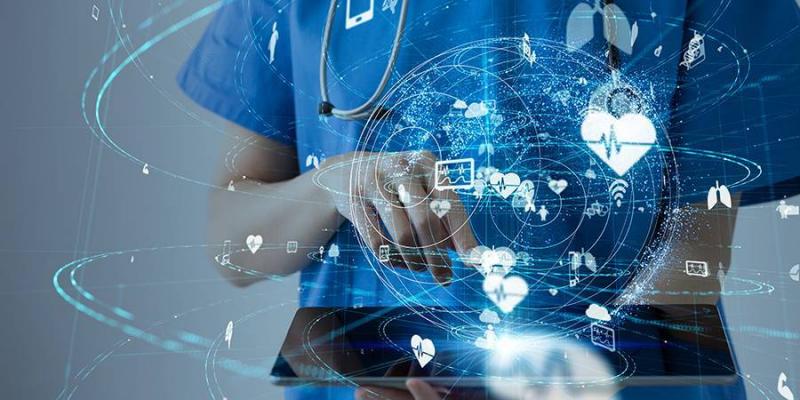The Internet of Bodies (IoB) refers to the connection between devices within and around the human body, providing secure communication between them. This connection transmits critical information and data about the human body's current and future health status, contributing to the treatment of various diseases or predicting their occurrence before they happen, as well as monitoring and diagnosing medical conditions.
In general, technology plays a vital role in achieving medical advancements, particularly in making medical tools and devices smart enough to monitor patients’ health information around the clock and provide accurate data about their conditions. Additionally, technology has improved imaging techniques such as X-rays, CT scans, and MRIs, as well as enabled surgeons to perform precise operations that exceed human capabilities with the help of surgical robots.
The Internet of Bodies technology currently comprises three generations. Anyone with any of the following items is already part of the IoB world:
- **First Generation**: External devices, such as earphones, smart clothing, and fitness trackers like watches, rings, and smart glasses that use sensors to monitor steps and heart rate.
- **Second Generation**: Internal devices, which are implanted in the body, such as pacemakers, blood pressure monitors, insulin pumps, smart prosthetics connected to a patient’s nerves and muscles, or even digital pills that transmit medical data post-consumption.
- **Third Generation**: Devices that are fully integrated into the human body while maintaining instant connectivity to an external device and an internet connection. A notable company providing services in this field is Neuralink, owned by Elon Musk, which is developing a chip implanted under the skull that connects the brain to a computer. This chip could, for example, read signals from the brain of a paralyzed individual to help them control an external device.
Supporters of IoB devices argue that the benefits provided by this technology are evident; it enhances healthcare outcomes by enabling continuous monitoring, early detection of health issues, and remote patient monitoring. Conversely, some individuals express concerns regarding privacy, security, and ethical implications related to the collection and use of sensitive personal health data.
Opponents of IoB argue that the technology allows governments and companies to collect data and use it for spying on citizens or turning it into revenue sources. There are also concerns about individual safety; for instance, former U.S. Vice President Dick Cheney admitted that the wireless function of the device implanted in his heart was disabled in 2007 over fears that someone might hack the device to induce a fatal heart attack.
According to Mordor Intelligence, the market value for internet-connected medical devices globally is expected to reach about $66 billion by 2024 and is projected to exceed $132 billion by 2029, with an annual growth rate of approximately 15%.
The use of implantable and digestible IoB devices is typically regulated by agencies such as the U.S. Food and Drug Administration and its international counterparts. However, the emergence of internet-linked chips implanted in the brain necessitates further regulations and legislations to protect patient data and safeguard them from the risks associated with cybersecurity breaches.




